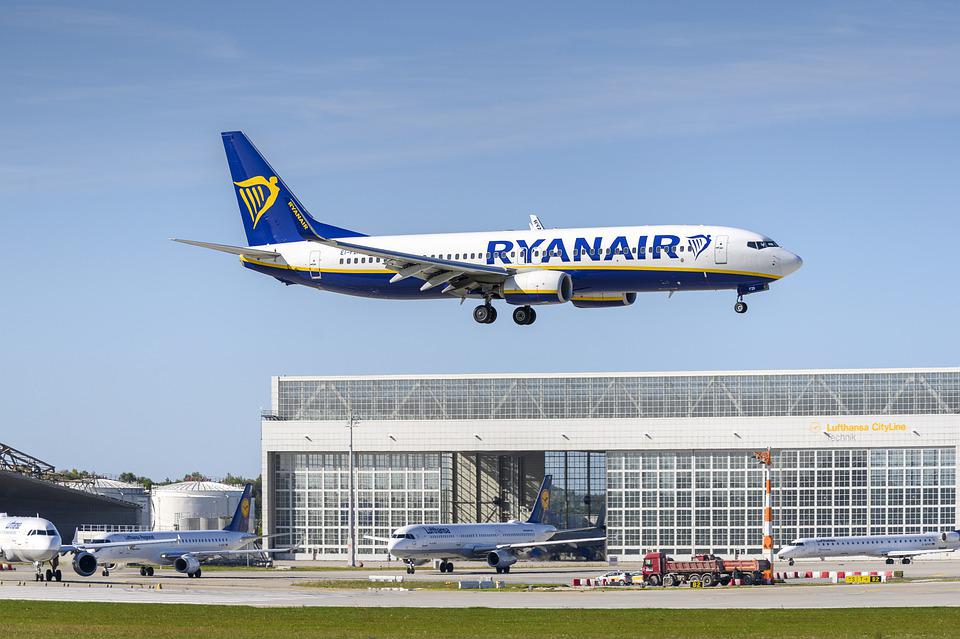Choosing the right transportation for a trip can significantly impact the overall travel experience. Travelers have a variety of options to consider, ranging from public transport to private vehicles and rental services. Each choice offers distinct advantages, depending on the type of trip, destination, and personal preferences. Understanding these options and weighing their benefits can help ensure a smooth and enjoyable journey.
Different modes of transportation for various travel needs
When planning a trip, selecting a suitable transportation method depends on several factors, including distance, budget, and convenience. For example, while airplanes are best for covering long distances quickly, trains or buses may provide a more scenic and leisurely travel experience. For shorter trips or city tours, bicycles and scooters offer a sustainable and flexible option.
Air travel remains the most preferred option for crossing countries or continents in a short time. With the convenience of direct flights and an extensive network of destinations, air travel is often chosen for international trips. However, travelers should also consider the impact of layovers, potential delays, and the hassle of airport security checks when planning their itinerary.
Trains, on the other hand, provide an excellent alternative for those who want to enjoy the landscape during the journey. High-speed trains, like those found in Europe and parts of Asia, offer a fast and comfortable way to travel between cities. Additionally, they are often less affected by weather conditions compared to other forms of ground transportation, making them a reliable option.

Exploring regional and local transportation options
For exploring local areas or moving around within a city, public transportation systems such as buses, trams, and subways are efficient and cost-effective. These options are ideal for travelers wanting to experience the local culture while avoiding the challenges of navigating unfamiliar streets. Additionally, public transport networks are generally well-integrated, providing easy access to major attractions and neighborhoods.
Car rentals can also be a good option for those seeking more independence and flexibility during their trip. Renting a car allows access to remote areas that are not well-serviced by public transport, and provides the freedom to set one’s own schedule. However, it’s essential to consider local driving conditions, traffic regulations, and parking availability when choosing this option.
Other regional transportation options include bicycle rentals, ride-sharing services, and taxis. Each of these provides varying levels of convenience, privacy, and speed. In some destinations, using a bicycle may even be the fastest way to navigate through heavy traffic or crowded areas.
Choosing sustainable transportation methods
Sustainability is becoming an increasingly important factor for many travelers. Those looking to minimize their environmental impact should explore eco-friendly transportation alternatives such as trains, electric cars, and bicycles. Trains, in particular, have a lower carbon footprint compared to airplanes, making them a preferred choice for environmentally conscious individuals. Additionally, some cities are investing in electric buses and tram systems that provide a greener alternative to traditional fuel-powered vehicles.
Travelers can also reduce their impact by choosing accommodations close to public transportation hubs or in walkable neighborhoods, eliminating the need for short car trips. For local travel, opting for bicycles, e-scooters, or simply walking can contribute significantly to reducing emissions and enhancing the overall travel experience.
Tips for selecting transportation based on trip duration and type
The type and duration of a trip play a significant role in determining the most suitable transportation. Short city breaks may not require a car, as public transportation or ride-sharing services can efficiently cover the distance between popular attractions. For longer road trips or excursions to rural areas, renting a car or using a camper van may offer more comfort and flexibility.
To help travelers decide, here is a brief list of recommendations for choosing transportation according to trip type and duration :
- City Breaks: use public transportation, bicycles, or scooters for flexibility and ease of access.
- Road Trips: rent a car or camper van to cover larger distances and explore off-the-beaten-path locations.
- International Travel: opt for flights for long distances, but consider trains for regional trips between neighboring countries.
- Sustainable Travel: choose trains, electric cars, or bicycles to minimize environmental impact.
Each mode of transportation has its strengths and weaknesses, making it essential to tailor the choice to specific travel needs and expectations.
Combining multiple transportation methods for a smoother trip
Sometimes, using a combination of transportation modes is the best solution. For instance, a trip that starts with a flight can continue with a train ride, and end with a rental car for exploring rural areas. This strategy allows travelers to capitalize on the strengths of each mode while mitigating their limitations. Many travel agencies and online platforms offer multi-modal travel packages, making it easier to coordinate and book these combinations in advance.
Travelers should also be mindful of transfer times and the logistics involved in switching between different modes. Ensuring adequate buffer time between flights, trains, and car rentals can prevent unnecessary stress and reduce the risk of missed connections.
By carefully considering all these factors and exploring various options, travelers can make informed decisions about the most suitable transportation for their trip, ultimately enhancing their travel experience and ensuring a smooth, hassle-free journey.
